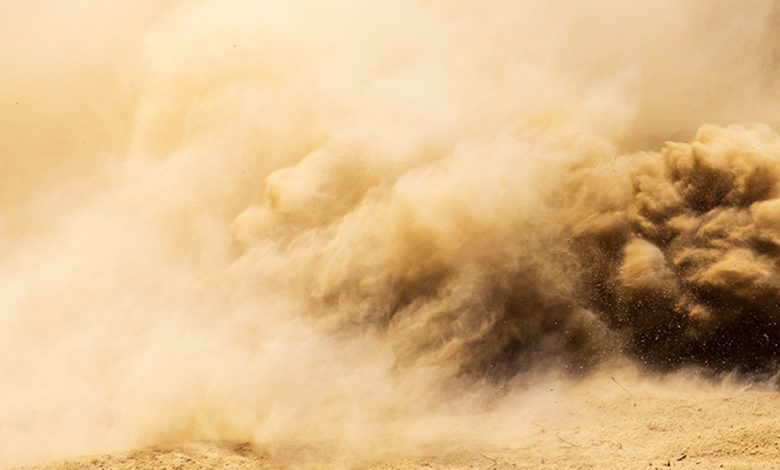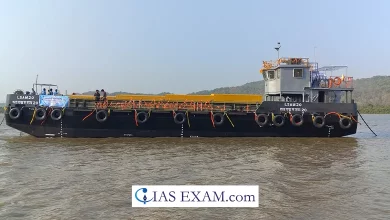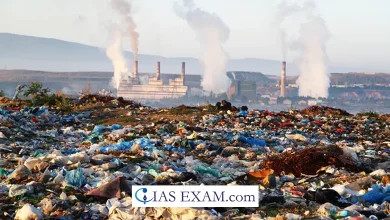Daily Current Affairs for UPSC
Dust as a Solar Shield
Syllabus- Environment and Ecology [GS Paper 2]

Context- A study titled “Dust as a Solar Shield” was recently published and proposes that launching Moon Dust into the stratosphere can slow down global warming.
Key Highlights
- Managing Solar Radiation:
-
-
- To mitigate the effects of global warming, they suggested that moon dust be regularly transported to a gravity point (Lagrange Point) between Earth and Sun.
- Because it sprays aerosols into the stratosphere, it is referred to as “Stratospheric Aerosol Injection” or “Solar Radiation Management” (SRM). As a result, it regulates the amount of sunlight that reaches Earth.
- For a number of decades, various concepts have been floated for reducing the amount of solar radiation reaching Earth and preventing it from becoming too hot. These concepts range from producing massive space-based screens to reflective white clouds.
-
- Similarity to Moon Dust and Volcanic Spew:
-
- The fact that a sufficiently powerful volcanic eruption can spew sulfate and other aerosols into the stratosphere and thus cool the air there has motivated the artificial spraying of Moon Dust into the stratosphere.
- Sulfates and other radiation-scattering aerosols, especially those in the stratosphere, do cool things down.
- Similar to the Moon Dust, stratospheric aerosols will reduce the amount of sunlight that enters the atmosphere.
- In 1991, when Mount Pinatubo blew its top in the Philippines, it caused temperatures in the northern hemisphere to drop by about 0.5 degrees Celsius for nearly a year.
- Efficacy:
- It would only take a small fraction of 1% to 2% of the Sun’s rays to cool Earth’s surface by about the same amount as it has warmed over the past century.
Consequences
- Spraying dust into the stratosphere might cool the summer, but it could also cause widespread drought all over the world, reducing crop yields, causing disease, and starving people.
- Any projections connected with changes in precipitation, because of tossing dust into the air or in space to hinder daylight, will be profoundly dubious.
- It is not anticipated that any dangerous unintended consequences will result from any of the other climate mitigation strategies, such as the utilization of renewable energy, programs for lowering emissions, carbon capture technologies, or bioenergy.
- However, even if aerosols are sprayed in a small region of the stratosphere, they will have global effects that cannot yet be fully quantified.





.png)



